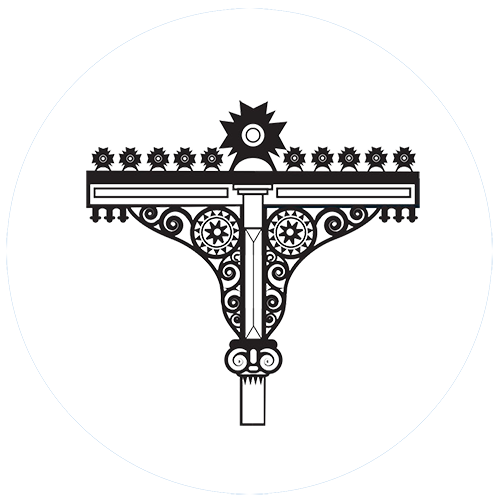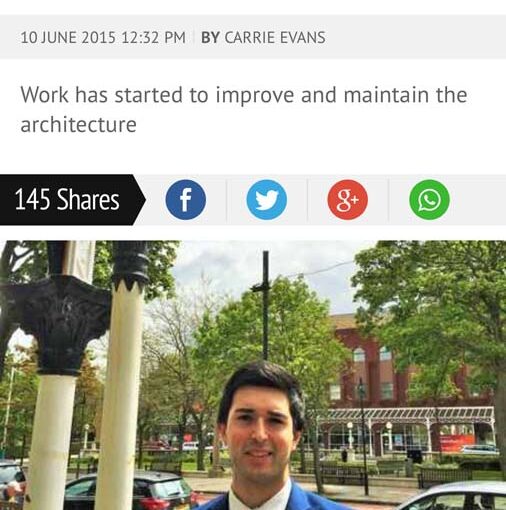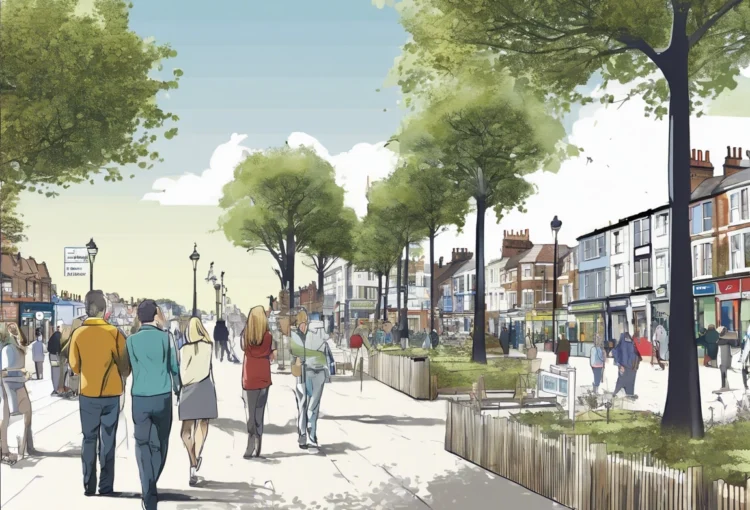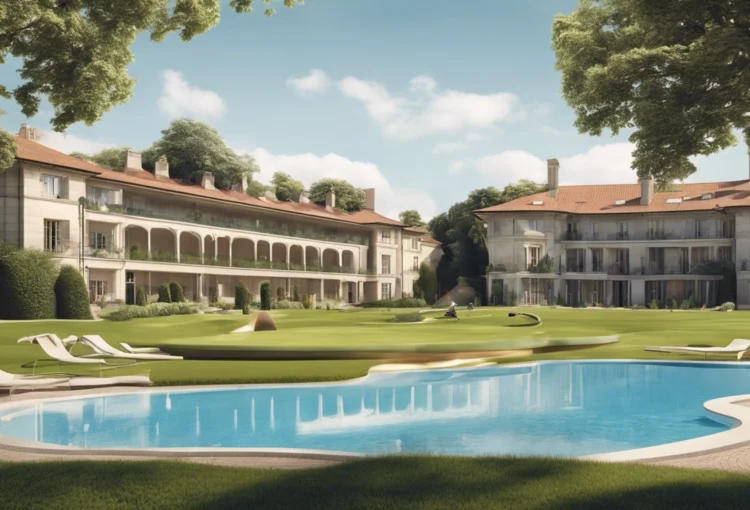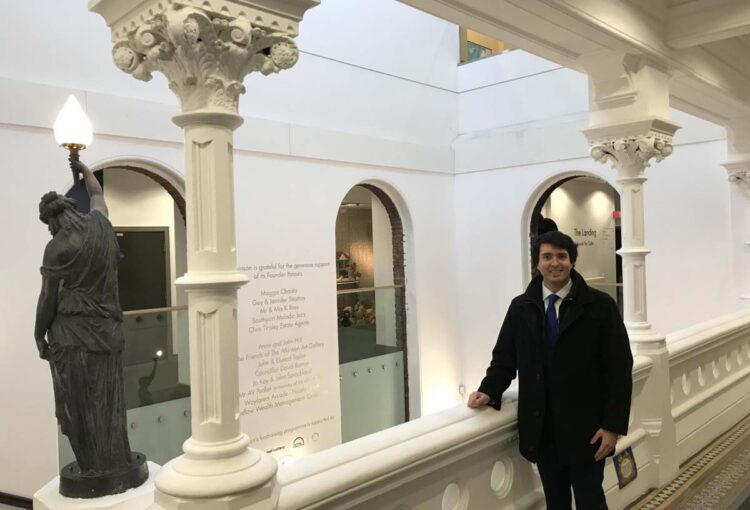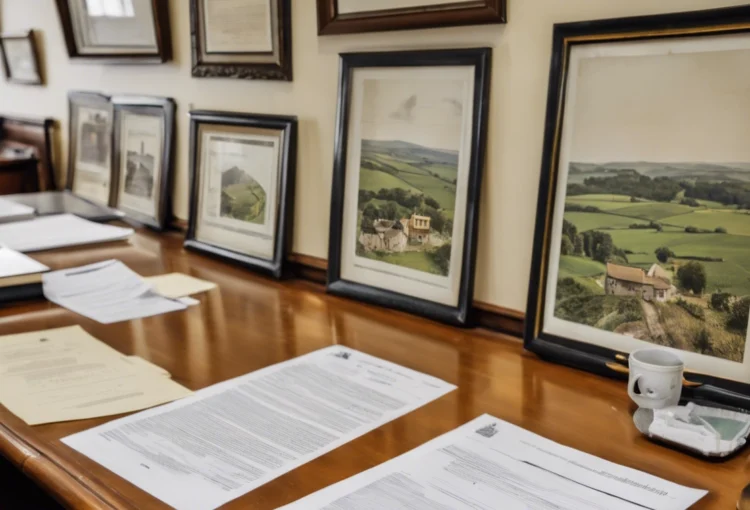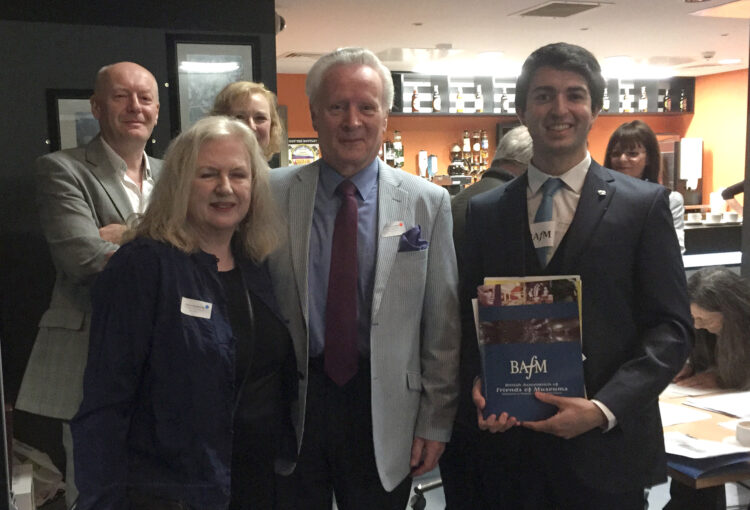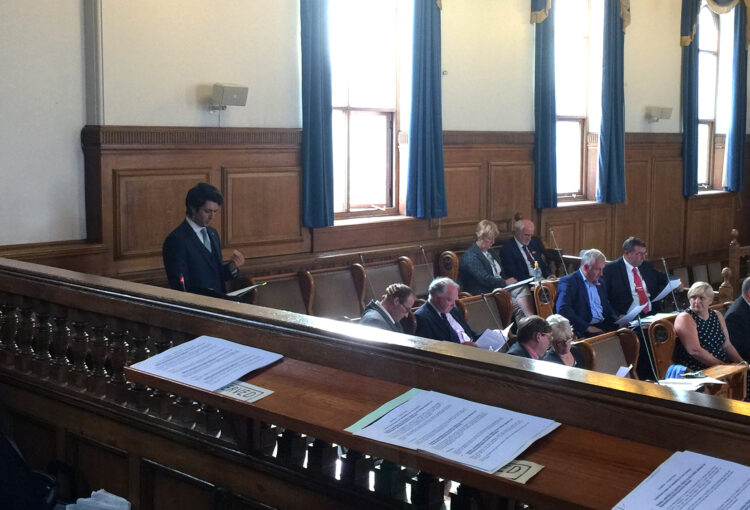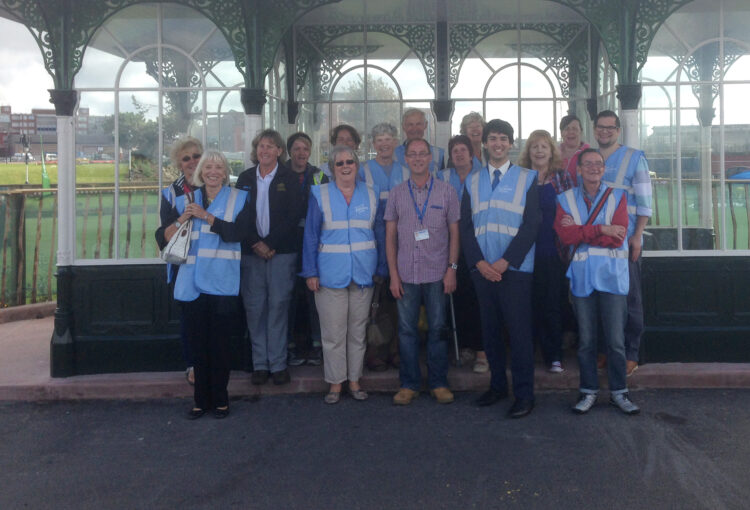
Traditional vernacular architecture refers to the architectural styles and designs that have been practiced by various communities for centuries. The architecture embodies the cultural, social, and geographical identities of these communities. It represents their history, way of life, and traditions. This architecture can be observed in village houses, temples, and other structures that have stood the test of time.
In shaping global identities, traditional vernacular architecture acts as a window into a community’s cultural heritage. Buildings constructed in this style can be seen all around the world, and they differ from one community to another. The differences are best observed in roof shapes, building materials, and decorations. Because these buildings have strong cultural symbols, they often attract tourists and are used by countries to promote their identity and heritage.
In shaping communities, the vernacular architecture is more than just structures. It represents a community’s values, customs, and beliefs. It brings people together and creates a sense of belonging to a place. Furthermore, these buildings are constructed using locally sourced materials and often by the community members themselves. This process of construction continues to be the mechanism through which communal bonds are strengthened.
In conclusion, Traditional Vernacular Architecture plays an essential role in shaping global identity and communities. Despite being centuries old, the architecture continues to stand the test of time and influence current architectural designs. It’s a reflection of a community and provides an insight into how they live and interact with each other. Additionally, it promotes sustainable development through the use of locally sourced materials, and it strengthens social bonds through inclusive and communal construction methods.
